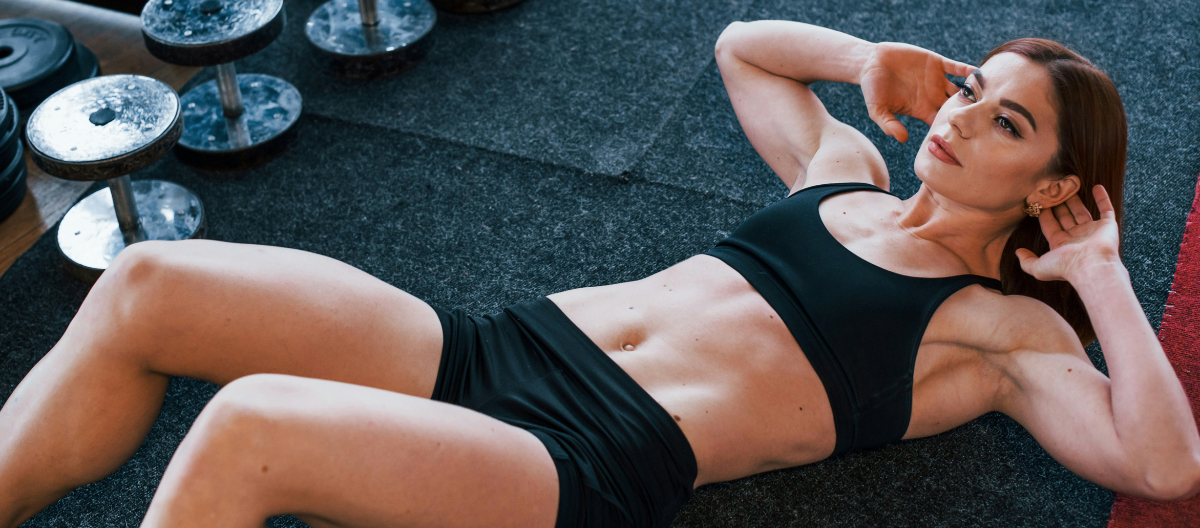A well-rounded full-body workout is essential for building strength, improving cardiovascular health, and enhancing overall fitness. To design an effective full-body workout, it’s important to incorporate exercises that target all major muscle groups, provide a balance of strength and cardio, and include flexibility and mobility work.
Warm-Up
Warming up prepares your body for exercise, reduces the risk of injury, and improves performance. Aim for 5-10 minutes of light cardio and dynamic stretches.
Light Cardio: Jogging, jumping jacks, or brisk walking.
Dynamic Stretches: Arm circles, leg swings, hip circles.
Strength Training
Include exercises that target major muscle groups: legs, chest, back, shoulders, and arms. A balanced workout should feature compound movements (exercises that work multiple muscle groups) and isolation exercises (exercises that target specific muscles).
Legs
Squats: Targets quads, hamstrings, glutes. (3 sets of 10-12 reps)
Lunges: Works quads, hamstrings, glutes. (3 sets of 10-12 reps per leg)
Chest
Push-Ups: Targets chest, shoulders, triceps. (3 sets of 10-15 reps)
Bench Press: Works chest, shoulders, triceps. (3 sets of 8-10 reps)
Back
Pull-Ups/Chin-Ups: Targets back, biceps. (3 sets of 6-10 reps)
Bent Over Rows: Works back, biceps. (3 sets of 8-12 reps)
Shoulders
Overhead Press: Targets shoulders, triceps. (3 sets of 8-12 reps)
Lateral Raises: Works shoulders. (3 sets of 12-15 reps)
Arms
Bicep Curls: Targets biceps. (3 sets of 10-12 reps)
Triceps Dips: Works triceps. (3 sets of 10-12 reps)
Cardio Training
Incorporate cardiovascular exercise to improve heart health, burn calories, and boost endurance. Aim for 20-30 minutes of cardio, 3-4 times a week.
High-Intensity Interval Training (HIIT): Short bursts of intense activity followed by periods of rest (e.g., sprinting for 30 seconds, walking for 1 minute).
Steady-State Cardio: Moderate-intensity activities such as running, cycling, or swimming at a consistent pace.
Flexibility and Mobility
Improving flexibility and mobility enhances performance, prevents injuries, and promotes recovery. Include stretching and mobility exercises in your workout routine.
Static Stretching: Hold stretches for 15-30 seconds each for major muscle groups (e.g., hamstrings, quads, chest, back).
Foam Rolling: Use a foam roller to release muscle tension and improve flexibility.
Cool-Down
Cooling down helps lower your heart rate and aids in recovery. Spend 5-10 minutes on light cardio and stretching.
Light Cardio: Gentle walking or slow cycling.
Stretching: Focus on all major muscle groups used during your workout.
Full-Body Workout Routine
Warm-Up (5-10 minutes)
Light jogging or brisk walking
Dynamic stretches
Strength Training
Legs
Squats: 3 sets of 12 reps
Lunges: 3 sets of 12 reps per leg
Chest
Push-Ups: 3 sets of 15 reps
Bench Press: 3 sets of 10 reps
Back
Pull-Ups: 3 sets of 8 reps
Bent Over Rows: 3 sets of 10 reps
Shoulders
Overhead Press: 3 sets of 10 reps
Lateral Raises: 3 sets of 15 reps
Arms
Bicep Curls: 3 sets of 12 reps
Triceps Dips: 3 sets of 12 reps
Cardio (20-30 minutes)
HIIT or steady-state cardio
Flexibility and Mobility (5-10 minutes)
Static stretching, Foam rolling
Cool-Down (5-10 minutes)
Light cardio, Stretching
Consistency: Stick to your workout routine to see the best results. Aim for 3-4 full-body workouts per week.
Progression: Gradually increase the intensity, weight, or duration of your workouts to continue challenging your body.
Recovery: Allow adequate rest and recovery between workouts to prevent overtraining and reduce the risk of injury.
Nutrition: Support your workouts with a balanced diet rich in protein, healthy fats, and carbohydrates to fuel your body and aid recovery.
By incorporating these elements into your workout plan, you can create a comprehensive full-body routine that enhances strength, endurance, and overall fitness.


